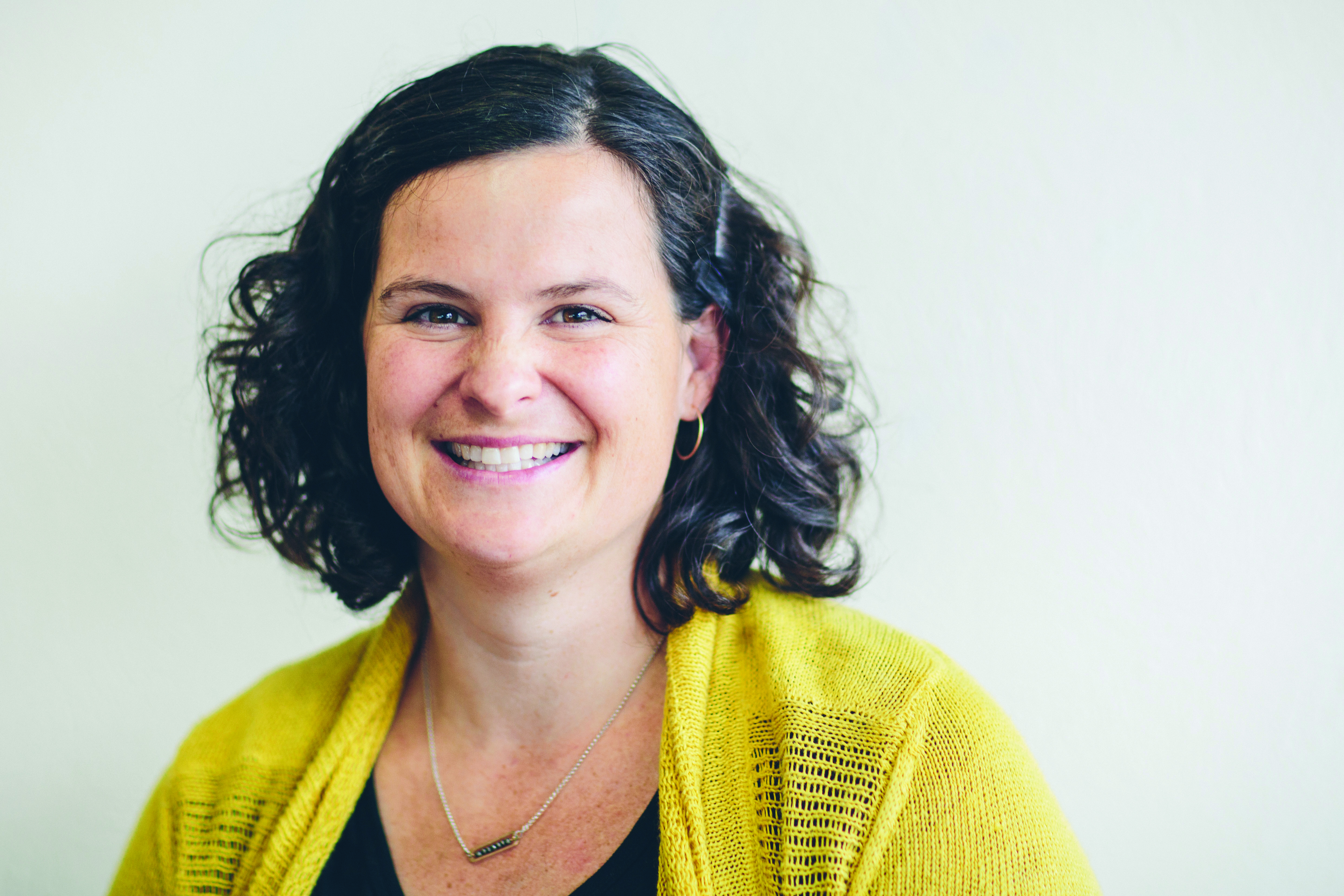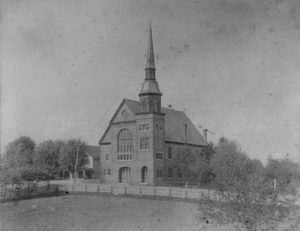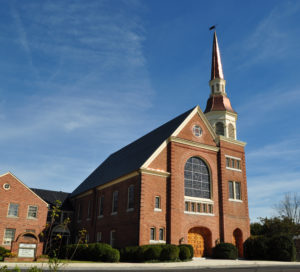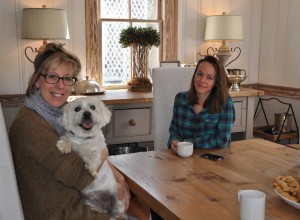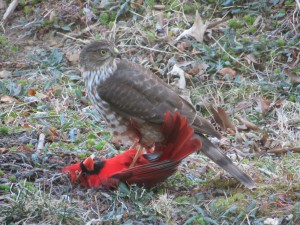Residents Get Easier Access For Trash Disposal
Clarke County Convenience Center saves residents the drive time
Clarke residents in the northeastern part of the county who have been carrying their household trash 25 miles or more to dispose of it at Frederick County facilities are excited about a new Clarke County facility that is much closer
to home.
The Clarke County Convenience Center at 90 Quarry Road (Rt. 612), about four miles from the Loudoun County line, opened to the public on Saturday, January 12.
The convenience center is for Clarke County residents only. Initially, convenience center hours are 7am to 6pm on Saturdays, and 10am to 3pm on Sundays. If demand is great enough, the county will revise the schedule, opening the facility on one or two weekdays.
The convenience center accepts bagged only household trash, and its recycling containers accept paper, cardboard, aluminum, and plastic (#1 and #2). It will not recycle plastics #3 through #7, and it will not accept glass, because glass is no longer in demand as a
recyclable material.
A county-owned and operated convenience center for household trash has been a priority for the Board of Supervisors since 1999, but finding a suitable location proved challenging. In 2015, Stuart M. Perry Quarry Inc., generously offered two acres in the northeast corner of its 149-acre property that fronts Harry Byrd Highway (Va. 7) and Quarry Road. Clarke Supervisors accepted, and added the project to the capital budget in 2015, setting aside funds toward the project every year.
“The Board is pleased to open this facility. We know it’s been a high priority for our constituents for many years, and we’re glad it’s come to fruition,” said Chairman David Weiss, who represents the Buckmarsh District. “The county is fortunate to have Stuart M. Perry Quarry Inc. as a neighbor and partner. The company provided an ideal piece of land, and saved the county a significant amount
of money.”
An attendant will be on-site whenever the convenience center is open to assist residents and maintain the site. Winchester Amish Connection manufactured the attendant’s booth building.
Originally set to open in fall 2018, record-breaking rainfall throughout the summer and fall greatly delayed construction. Even its mid-May groundbreaking was delayed by seven-straight days of rain. Construction began on May 21, 2018.
Only Berryville and Boyce residents have regular trash service. Other Clarke County residents pay for private trash pickup, or they use Frederick County convenience centers located at Double Tollgate (4201 Stonewall Jackson Hwy.), Stephenson (235 Hot Run Dr.), and Greenwood (801 Greenwood Rd., Winchester). Residents in southern Clarke County use the Warren County convenience center at Shenandoah Farms (47 Blue Mountain Rd., Front Royal). Clarke residents also use the Frederick County Regional Landfill at 280 Landfill Rd. in Winchester.
Now, Clarke residents — particularly those in the Buckmarsh and Millwood districts of the county — can dispose of their trash without taking it for long car rides.—Cathy Kuehner


